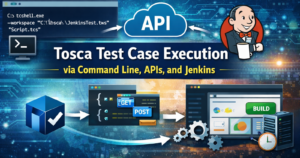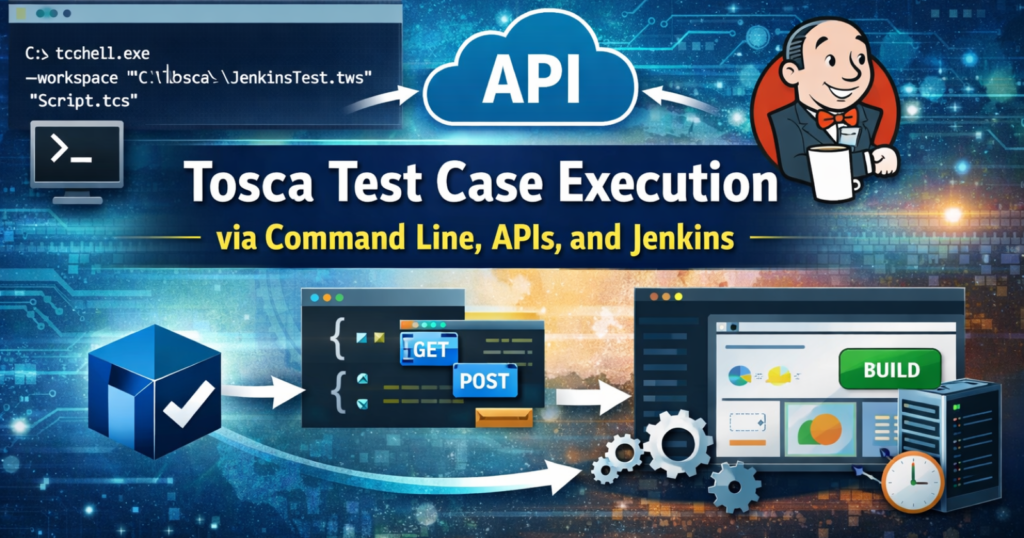Popular open-source Selenium is a web application automation tool. One of the Selenium toolkit’s most popular tools is the Selenium IDE. It is a recording and replay tool that facilitates the development of automated tests for online applications. The Locators provided by Selenium IDE are several ways to find the items on a web page. These Locators assist in locating web elements and carrying out operations on them. We shall explore various Locating Strategies offered by Selenium IDE in this article. Check out the Selenium course to learn more.
Selenium Locating Strategies
The different Locating Strategies that Selenium IDE supports are as follows:
1.ID
The quickest and most accurate way to locate an element is through ID. A distinct ID that may be used to identify each element on the web page is required. The attribute ID is case-sensitive.
2.Name
Another popular way to find an element is by name. An element’s name can be specified using the Name attribute, and it needs to be distinct.
3.Class Name
Using the class attribute of an element, the class name is used to find the element. There can be more than one element with the same class name because it is not an exclusive attribute.
4.Tag Name
Based on the element’s tag name, a tag name is used to find the element. There can be more than one element with the same tag name because it is not a unique characteristic.
5.Link Text
Based on the visible text of an anchor element, Link Text is used to find the element. The case used here matters.
6.Partial Link Text
To find an anchor element based on a partial match of its visible text, utilise partial link text.
7.CSS Selector
Using the CSS Selector, you may find an element by using its class, ID, and tag name, among other CSS properties.
8.XPath
The most adaptable and effective way to find an element is via XPath. It is used to navigate a web page’s XML structure.
9.Identifier
In the past, Selenium IDE’s default way for locating web components was to use identifiers. However, WebDriver, the Selenium IDE’s replacement, does not allow Identifiers. Identifiers employ the first web element that matches the ID property. The first element with a matching name attribute is used in the event that no elements match the ID attribute.
Notably, the Identifier approach is not currently advised due to its lack of support and potential drawbacks. An illustration of the use of an identifier would be the word “login,” which may be either the web element’s ID or Name attribute. To ensure accurate and dependable test cases, it is advised to employ alternative Selenium WebDriver-supported finding methodologies.
10.DOM
A web page is represented by a hierarchical structure called the DOM. This structure is used by Selenium IDE to identify components on the page. The DOM can be used in a number of ways to find elements on a page, including:
- ID Locators: In this method, an element is chosen based on its distinctive ID attribute. To click on a particular element, use the command ‘click’ followed by ‘id=elementId’.
- Name Locators: Elements may also be recognized by their ‘name’ attribute. To click on an element, use the command ‘click’ followed by ‘name=elementName’.
- Class Locators: In this case, components are chosen based on their class properties. To click on an element, use the command ‘click’ followed by ‘class=elementClass’.
- Link Text and Partial Link Text: Element identification can also be done using the link’s text. To click on an element, use the command ‘click’ followed by ‘link=elementText’ or ‘partialLinkText=elementText’.
- CSS Locators: CSS selectors can also be used to locate certain elements on a page. To click on an element, use the command ‘click’ followed by ‘css=cssSelector’.
Users can develop precise and dependable test cases utilising the DOM locating method to ensure the efficiency and functioning of their online apps.
Conclusion
The key components of Selenium IDE’s Locating Strategies aid in locating web elements and doing out operations on them. The stability and maintainability of the test scripts depend on selecting the appropriate Locating Strategy. While XPath and CSS Selector are the most potent and versatile Locating Strategies, ID and Name are the fastest and most trustworthy. To locate anchor elements, link text and partial link text are employed. According to their respective tag name and class property, Tag Name and Class Name are utilised to locate items. By using these Locating Strategies, we can use Selenium IDE to build automated test scripts that are reliable and stable. Check out the Selenium testing course to learn more.

























